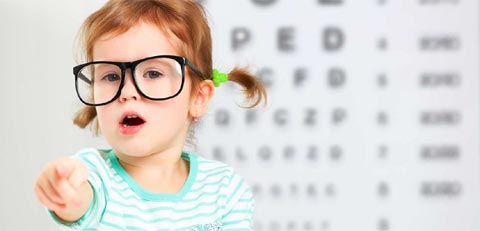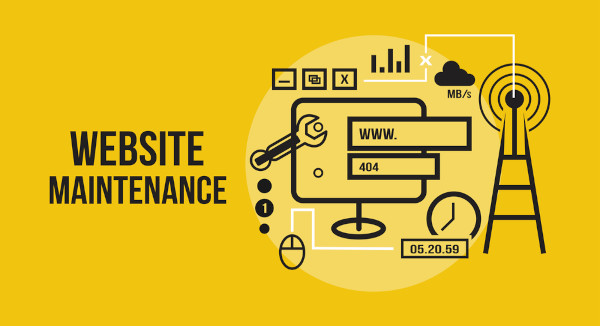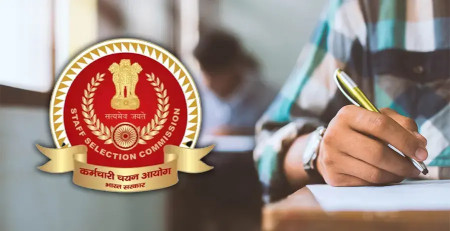No. of views : (3845)
Eye care in children should begin early
Posted on: 13/Jun/2018 5:40:59 PM

Children�s eye health begins in the newborn nursery and should continue throughout childhood. For many children, an evaluation by a pediatrician may be enough. But if a child has a family history of vision or eye problems or has symptoms, he or she may need to have an official eye examination. Although, if there are no possible factors or family history of eye problems, children need their vision checked at 6 months, 3 years, and before first grade.
During infancy, a child�s vision is constantly changing due to the growth of the eyeball. At two months of age, if the child is not looking at and smiling at the parents, the child should be taken to the paediatric ophthalmologists. There can be issues which need to be dealt immediately. Early intervention helps to treat effectively and help regain vision.
The symptoms of possible vision problems in children include:
- Going close to the television while watching
- Making lot of spelling mistakes
- Poor school performance
- Difficulty when reading and writing
- Trouble seeing information on the chalk board
- Blurry or double vision
- Headaches or eye pain
- Taking books close to face
Myopia, commonly called near-sightedness, is the most common human eye disorder in the world, affecting 85% to 90% of young adults in Asian countries.
Nearsightedness (Myopia) and farsightedness (Hyperopia) have a genetic component, especially if a parent is very near sighted or far sighted. If both parents are near or far sighted, there is good chance their child will be the same way. Evidence supports heritability of myopia, especially for high-grade myopia (-5 D or higher).
But vision isn�t all in the genes.There are some significant environmental influences, such as near point work like reading or using near vision gadgets. Studies have shown that students who spend a lot of time reading develop near sightedness more quickly than their counterparts who spend a lot of time on outdoor play.All the near vision gadgets in the form of mobile phones, tabs, ipads, and laptops/computer have been associated with eye muscle weakness and refractive errors in the early ages.
More of outdoor activities need to be encouraged in children � as studies have proved higher levels of outdoor activity reduces the prevalence of refractive error in children.
Recent evidence suggests that the intensity of near work, i.e. sustained reading at closer distance (less than 30 cm) with fewer breaks may be more important factor in progressing the myopia than the total hours of near work.
Annual visits to the paediatrician are as important as visiting paediatric ophthalmologists to look for the proper development as well as for early detection of possible vision issues that could impair eyesight for life.
It�s now common for school-age children to use a computer or digital device for hours each day, and that doesn�t include time spent in front of a TV or gaming system at home. This increased exposure puts them at greater risk for Computer Vision Syndrome, or CVS�a serious condition that can cause back and neck pain, dry eyes, and even headaches.
Tips to Prevent Computer Vision Syndrome
As with TV v viewing, computer use should be timed ( half-an-hour a day)
Keep the monitor clean and use a glare-reducing monitor filter.
Frequent breaks � For every 20minutes of work 20 seconds of a break .
The computer screen should be 20-24 inches from your child�s face. And, his or her feet need to touch the floor. There should be a slight downward angle from face to screen.
If the child wears prescription glasses for computer use or otherwise make sure he or she has them on.
Do�s and Don�ts for parents:
1. Allow the kids to play outdoor for a longer time.
2. Make the children to take breaks in between when they are sitting at a stretch for studying.
3. Don�t allow the kids to sit with near vision gadgets like mobile phones, tabs, ipads, and laptops/computer.
4. Don�t allow them to sit with novels or tales stories for a longer time in a day
5. Don�t wait for the children to say out that their vision is poor. They may not do so, as they usually think that the world is seen the same way by everybody. Annual check up with the ophthalmologist is mandatory.
6. Don�t allow them to read in dim lighted conditions, in wrong postures and taking books so close to the face.
7. Whenever there is any redness/any problem in the eyes, don�t do self medication. Take them to the doctor.
8. If there is any squint (i.e. misaligned eyes), though its being since birth, take the child to the ophthalmologist as soon you detect it.
9. If the child is given glasses, take the child for regular eye checkups every 6 months to detect the changes in the refractive error and change the glasses accordingly. Since the children�s eyes are growing, the changes in the power of the glasses occur till about teenage years.







